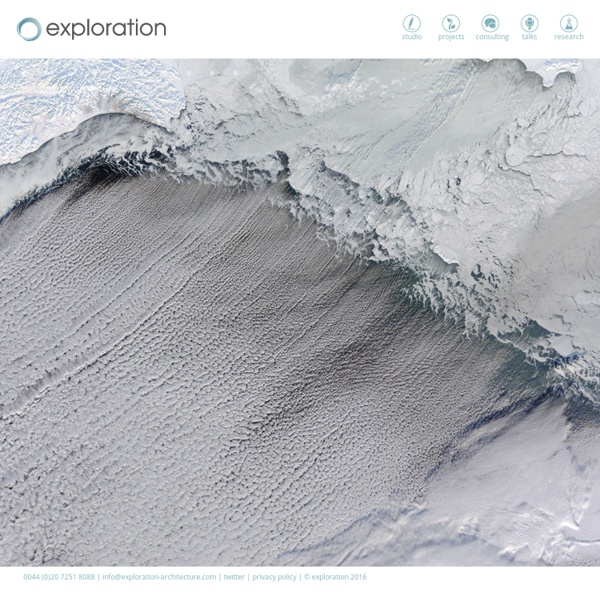



7 Alternative Fuels and Fuel-Powered Vehicles With $4.00/gallon gas prices a not-so-distant memory, alternative fuels are all the rage. But what about the vehicles that run on them? Between hydrogen fuel cells, bio diesel, electricity and compressed air, the industrialized world is hard at work creating the next generation of non-oil consuming vehicles. These new, eco-friendly chariots deserve at least as much attention and fanfare as the fuels that power them, especially these 7 models. Compressed air (Image via DanceWithShadows) Perhaps the most tantalizing of all the alternative fuels is compressed air. Vegetable oil (Image via Biodiesel.org) Environmentalists everywhere have been salivating at the idea of running a car on vegetable oil ever since the idea was first proposed, and we have now taken the leap from concept to reality! Hydrogen fuel cells (Image via ImagesMe) The prospect of hydrogen-powered cars has been enticing eco-friendly motorists for years. Ethanol (Image via InternetAutoGuide) Water (yes, water!) Electrical power
Great Pacific Garbage Patch The area of increased plastic particles is located within the North Pacific Gyre, one of the five major oceanic gyres. The Great Pacific garbage patch, also described as the Pacific trash vortex, is a gyre of marine debris particles in the central North Pacific Ocean located roughly between 135°W to 155°W and 35°N and 42°N.[1] The patch extends over an indeterminate area, with estimates ranging very widely depending on the degree of plastic concentration used to define the affected area. The patch is characterized by exceptionally high concentrations of pelagic plastics, chemical sludge and other debris that have been trapped by the currents of the North Pacific Gyre.[2] Despite its size and density, the patch is not visible from satellite photography, nor even necessarily to a casual boater or diver in the area, since it consists primarily of a small increase in suspended, often-microscopic particles in the upper water column. Discovery[edit] Charles J. Formation[edit] In 2012, Miriam C.
10 Very Rare Cloud Pictures Showcasing cool pictures of rare clouds caught on camera. Clouds fill the skies above us and are part of our every day lives but often go unnoticed. However, there are some clouds that are so rare that you will be very lucky to see them in your lifetime. For those of you more interested in clouds, we recommend Cloud Book: How to Understand the Skies 1. These rare clouds, sometimes called mother-of-pearl clouds, are 15 - 25km (9 -16 miles) high in the stratosphere and well above tropospheric clouds. They have iridescent colors but are higher and much rarer than ordinary iridescent clouds. Nacreous clouds shine brightly in high altitude sunlight up to two hours after ground level sunset or before dawn. Their unbelievably bright iridescent colors and slow movement relative to any lower clouds make them an unmistakable and unforgettable sight. 2. Mammatus Clouds are pouch-like cloud structures and a rare example of clouds in sinking air. 3. 4. 5. 6. Average height is around 16,500 ft. 7. 8. 9.
Kurzy prvej pomoci - Slovenský Červený kríž Kurz inštruktora prvej pomoci - 24 hodín Slovenský Červený kríž je držiteľom Rozhodnutia Ministerstva zdravotníctva SR o vydaní osvedčenia o akreditácii Kurzu inštruktora prvej pomoci č. 23795-2013-OZdV zo dňa 14. 6. 2013. Zdravotnícki pracovníci (s vyšším odborným alebo vysokoškolským vzdelaním v zdravotníckych štúdiách), ktorí majú záujem stať sa inštruktormi prvej pomoci môžu absolvovať kurz inštruktora aj v Slovenskom Červenom kríži v Bratislave. Učebný plán a osnova 24 hod. kurzu.Cena kurzu je 265 € (7 983,40 Sk).Prihlášku na kurz nájdete fileadmin/user_upload/dokumenty/Kurzy_prvej_pomoci/prihlaska_na_kurz_IPP_2013.doctu Aktuálny termín kurzu je 6.6. - 8. 6. 2014 v Bratislave. V prihláške prosíme uviesť termín kurzu, na ktorý sa prihlasujete. Bližšie informácie vám poskytneme taktiež počas pracovných dní medzi 9:00 a 15:00 hod. na čísle 02/5710 23 02 alebo e-mailom silvia.erdelyiova(at)redcross.sk. Kurz prvej pomoci - 8 hodín Kurz pre autoškoly Európsky certifikát - 16 a 33 hodín